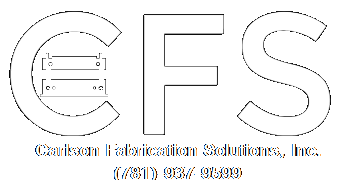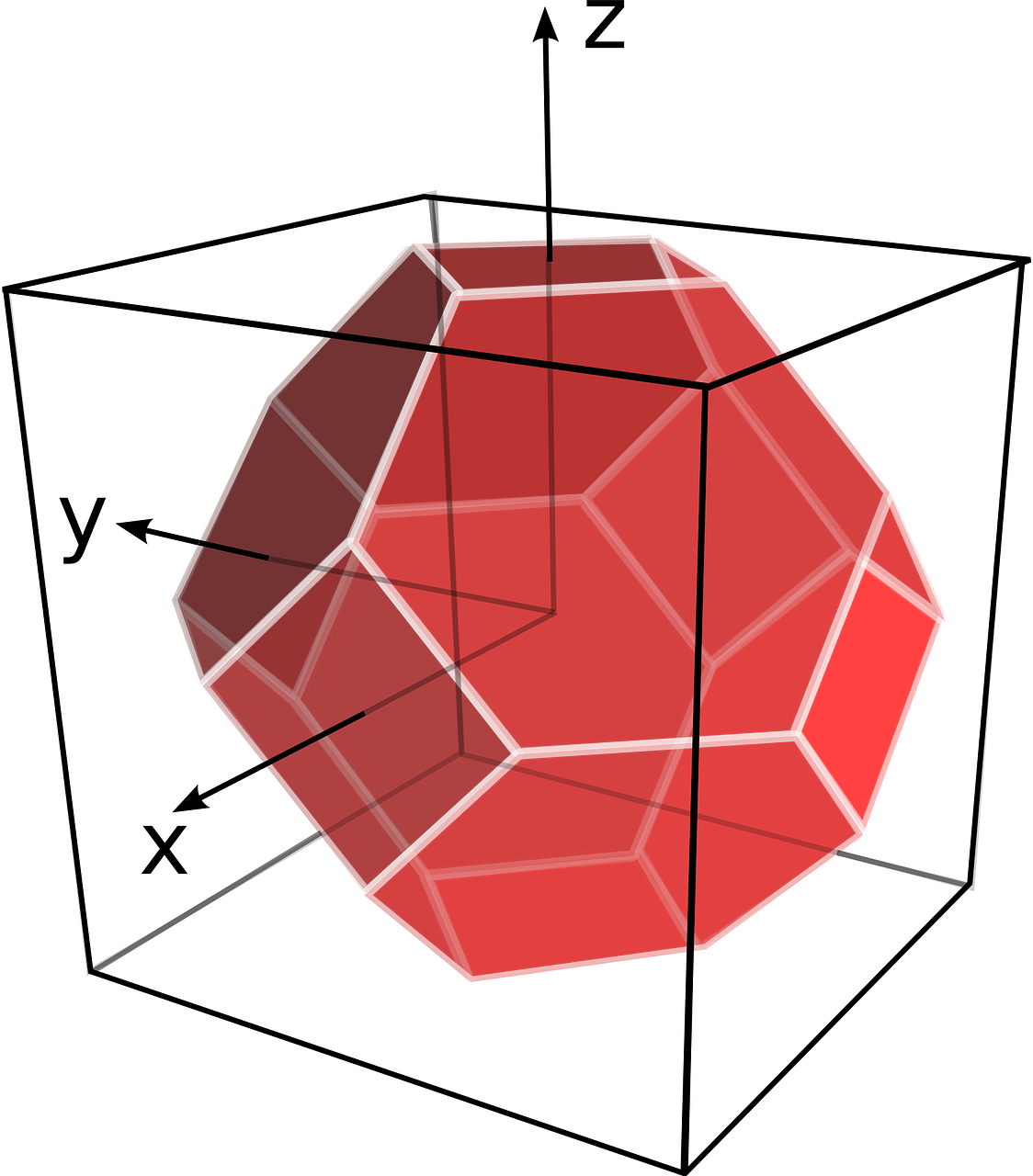In most production processes, machining is the largest value-add. Machining involves the removal of excess raw materials in other to produce high-quality parts by water jet cutting or by laser cutting.
In the years past, people carry out this machining operation by using 3-axis machining tools, but in recent years due to technological advancement and increased use of digitally controlled (CNC) people are now subscribing to the more modernized 5-axis machine.
In this article, we will look at what each of the machines entails and the significant difference between the 3-axis and the 5-axis machine.
3 Axis Machine vs 5 Axis CNC Machining
A 5-axis machine keeps the same 3 (X, Y, Z) axis’s but instead adds both the “A” and “B” axis (shown above).
Conventionally, materials were fed and worked on three axes (X, Y and Z).
Traditional laser cutting machines removed material in three fundamental directions, similar to the Cartesian coordinates. Being the mode of operation of the 3-axis machine, 3-axis movement was and still is suitable for parts that have little depth. However, the 3-axis technique cannot handle deeper parts and ones that have narrow cavities because it can be a tasking process to complete on a 3-axis machine.
On the other hand, 5-axis machines, as its name implies, move in five directions which include three linear X, Y and Z axes with an additional two axes (A and B) around which the tool rotates. This means that every material feed into the machine can be approached in all five directions. 5-axis machining is recommended for deeper parts and more hardened materials, and can guarantee an extremely accurate result. This precision can be attributed to its shorter machining tools, faster tool speed and a reduced vibration tool.
A 3-axis machine produces a cusp when a curved material is feed into it.
This occurs because the machine has a ball-nose endmill (corner radius). A cusp is formed due to a cross-feed between the material and the machine. In a 5-axis machine, the possibility of cusp formation is reduced, because the two extra rotational axes are used to tilt the tool, thereby reducing the chances of cusp formation.
A 5–axis machine delivers quality surface finishes with impressive speed.
This is due in part to the fact that the machinery adopts flat and radiused-corner endmills. The additional axes are used to adjust the rotation and tilt about the surface normal on the workpiece. With greater axes, the machine can become more versatile, and will save the machinist time from having to make continuous adjustments. However, this all comes at a cost, as the greater number of axes will make programming more tricky, so it will require more expertise in operators who are hired for the job, which may bring up costs.
In recent years, more innovations in both hardware and software have been developed for complete computer-based control of the tools used by 5–axis machines.
With the aid of digital controls, there are more efficient ways to handle numerous materials and curved surfaces, thereby enabling production with a high degree of accuracy. Also, with the help of computer-aided manufacturing (CAM), the machining process can be fully or partially automated. 5-axis laser cutting can be seen at the forefront of these innovations.
Other advantages of the 5-axis machining technology include:
faster machining speed
ability to manufacture Larger-sized parts
higher yields
lesser downtime for switching between tooling.
Even though 5 axis machine takes longer preparation and completion/turnaround time, it becomes clear that from the above comparisons that every manufacturer should move with technology by embracing the 5-axis machine, to increase their efficiency and overall level of production.
If interested in learning more about 5-axis machines (particularly laser cutting ones), please see our 5-Axis Co2 Laser Cutting Machines by Mitsubishi for more information.




